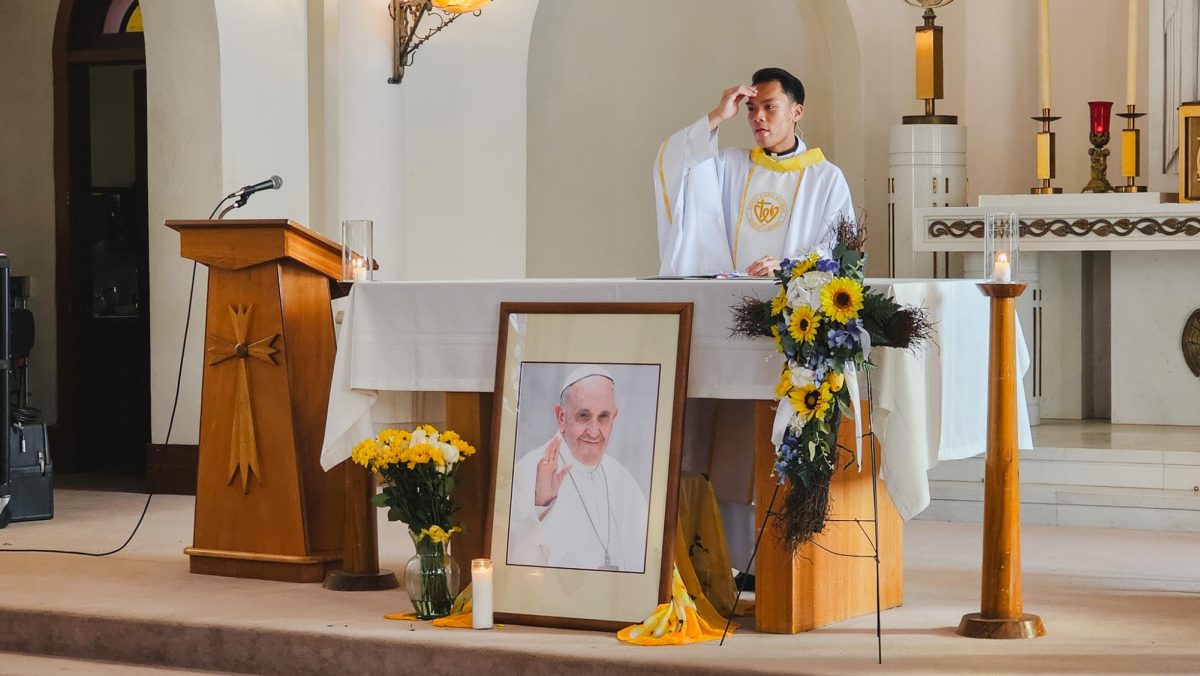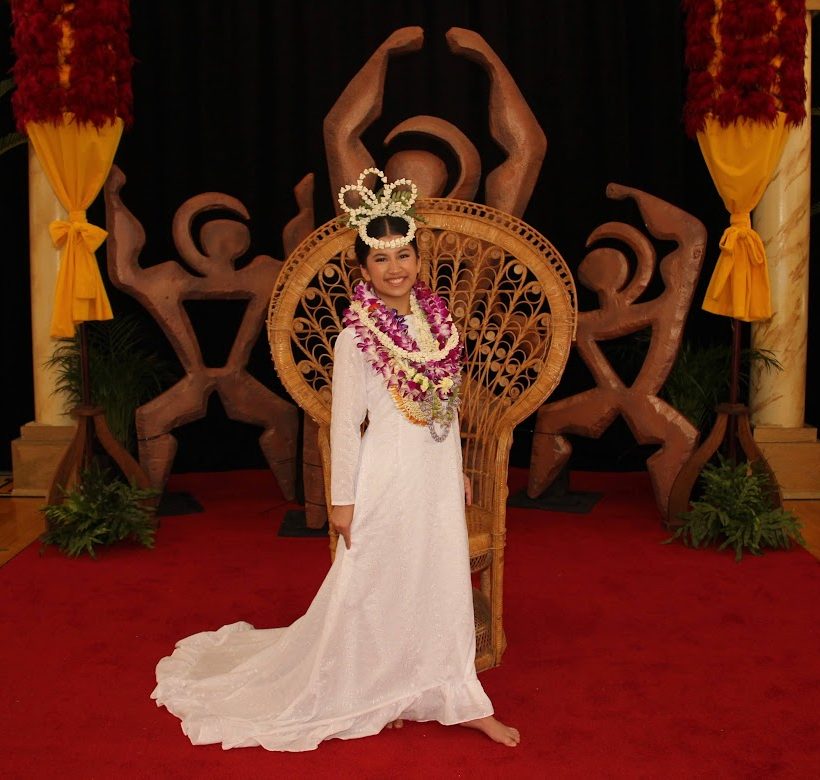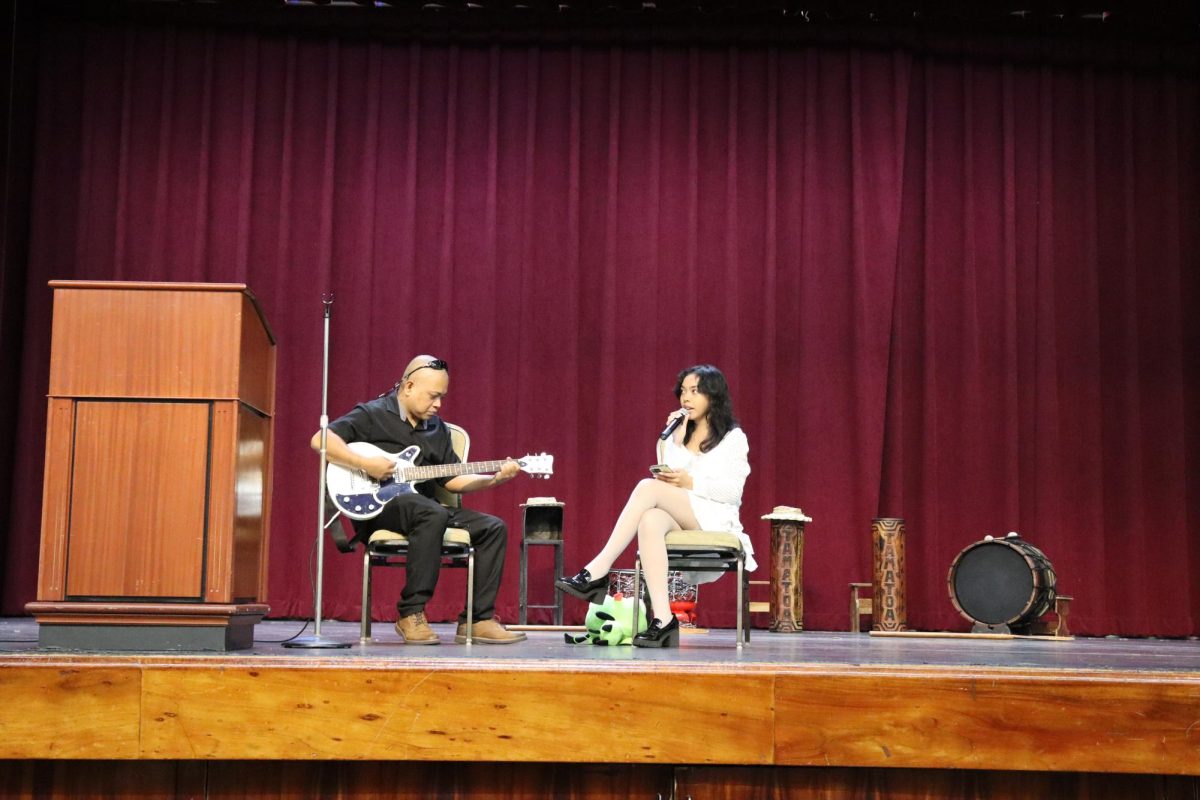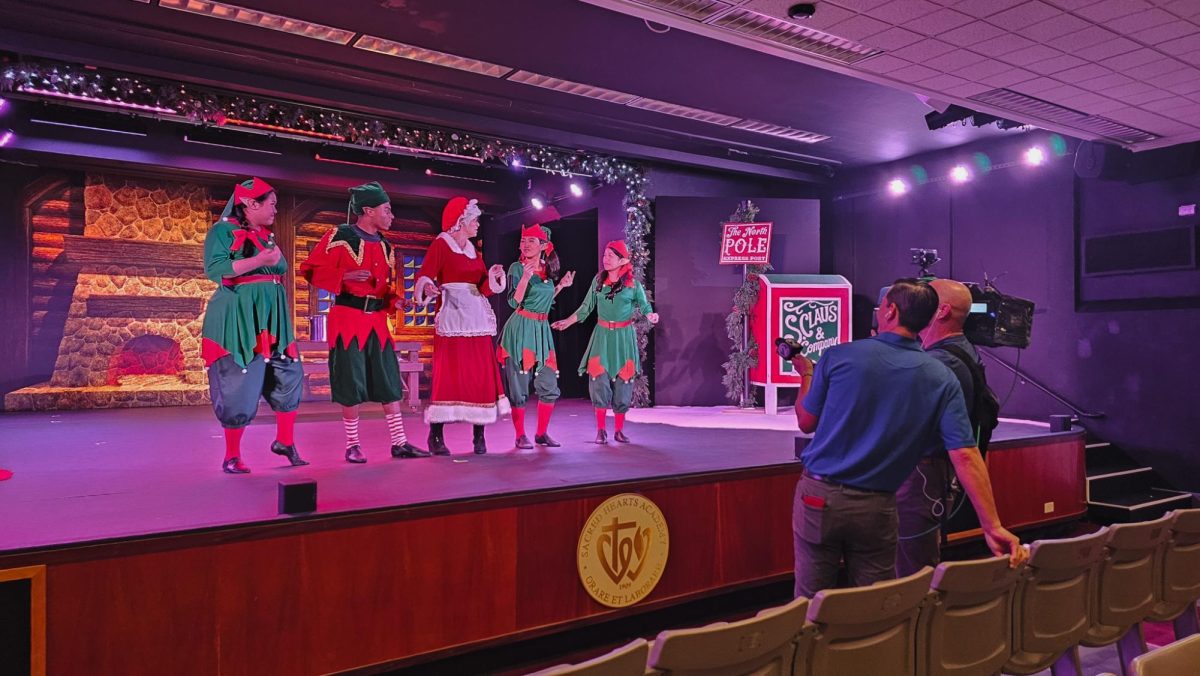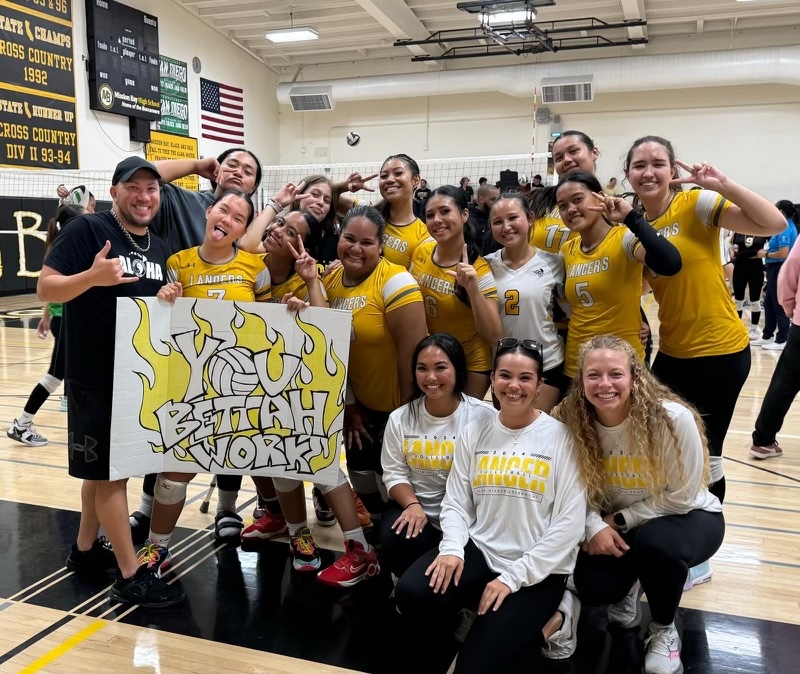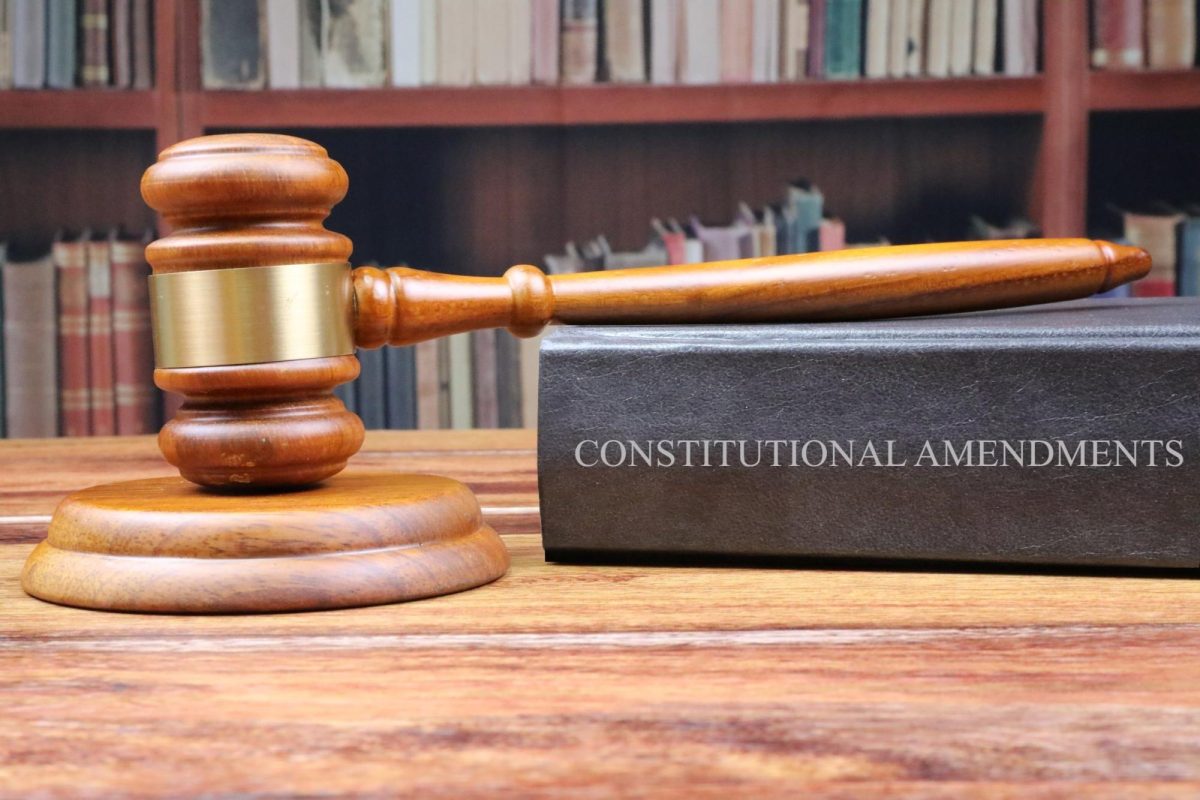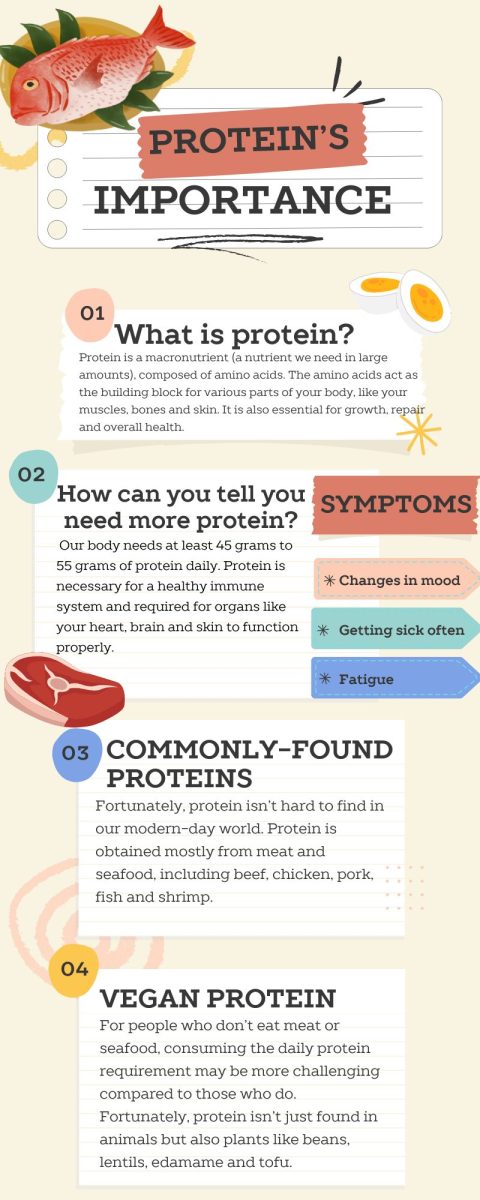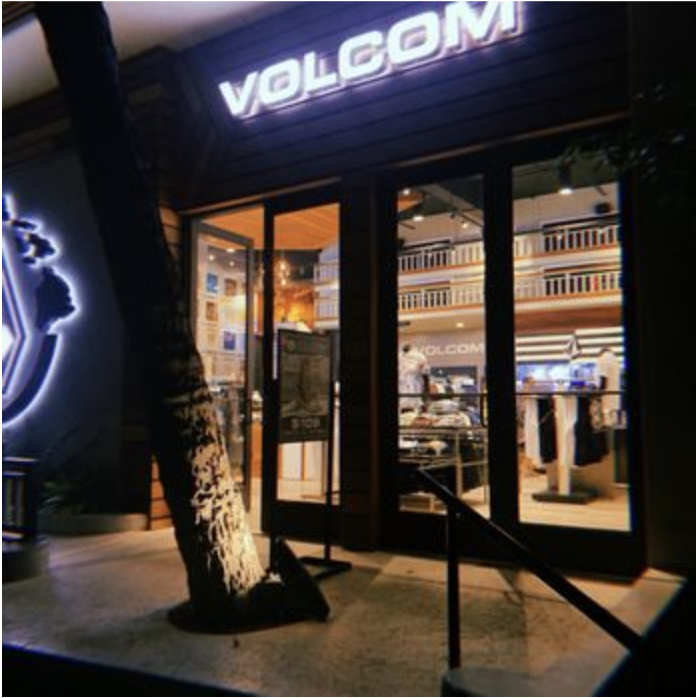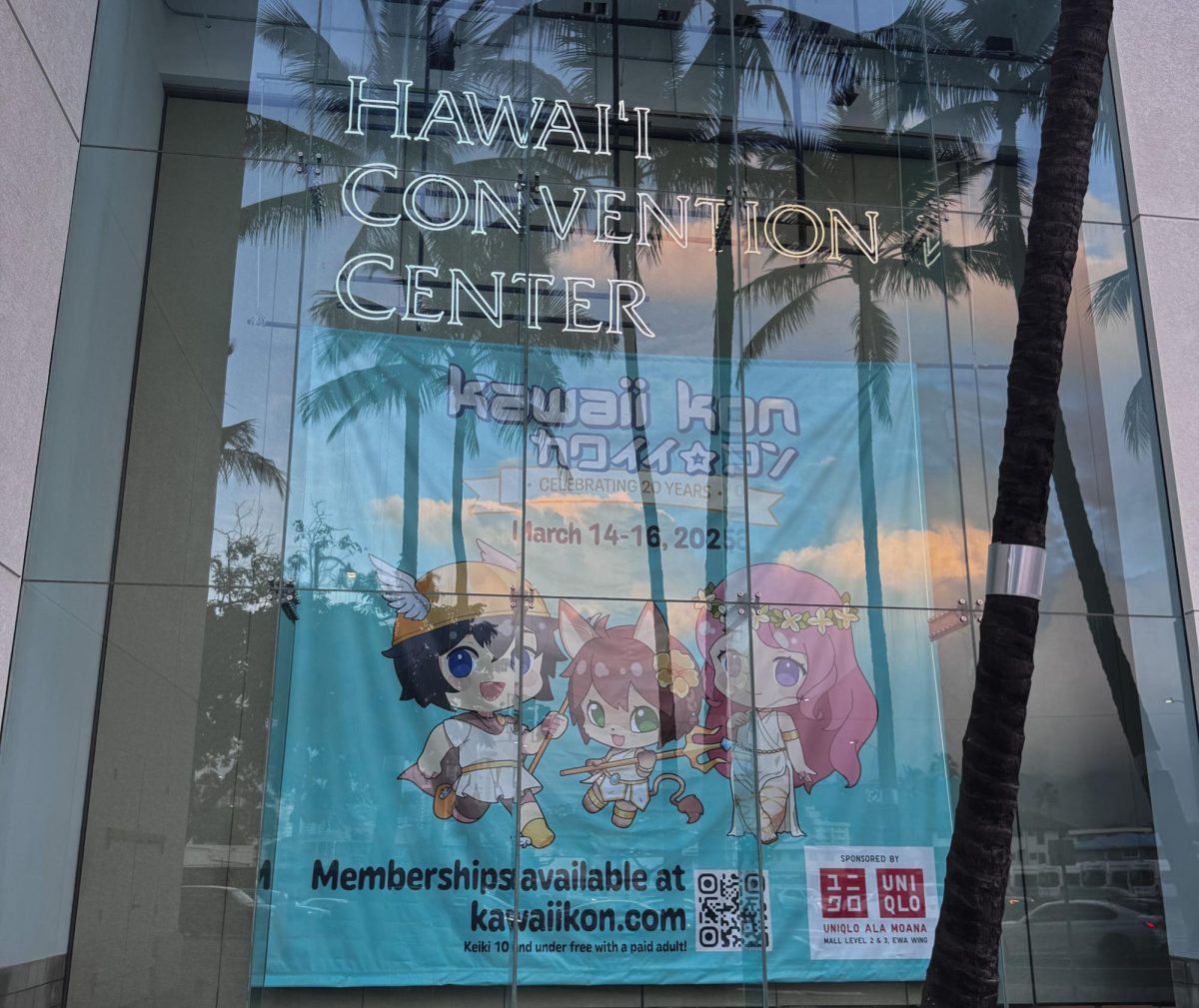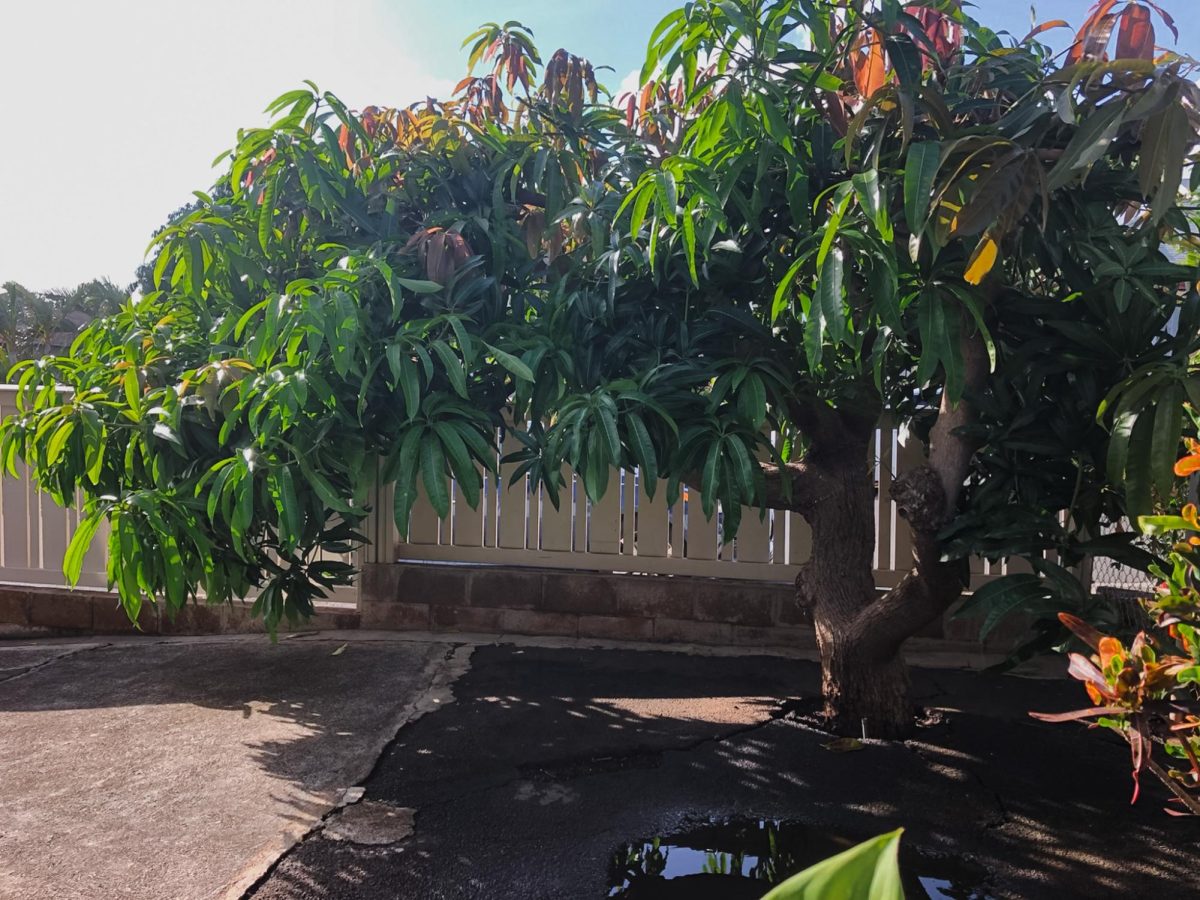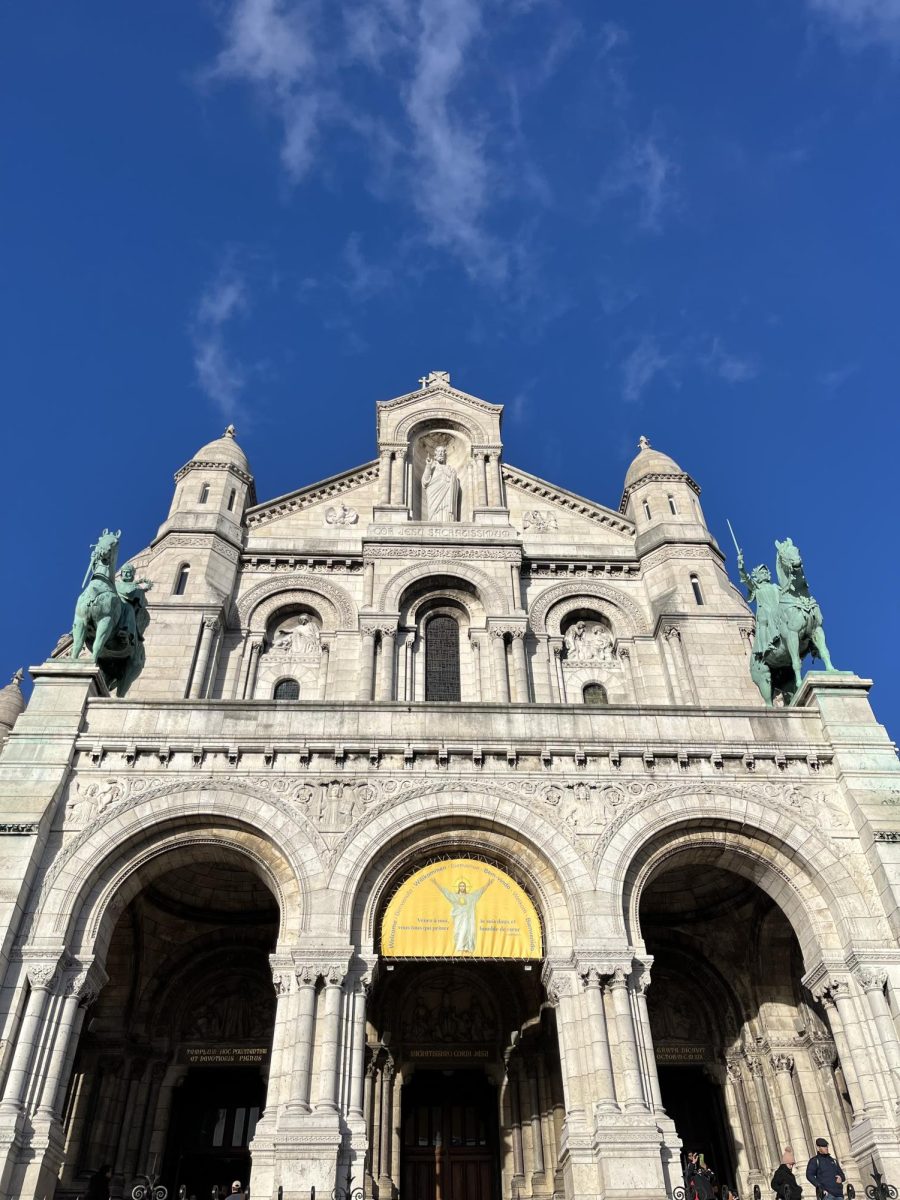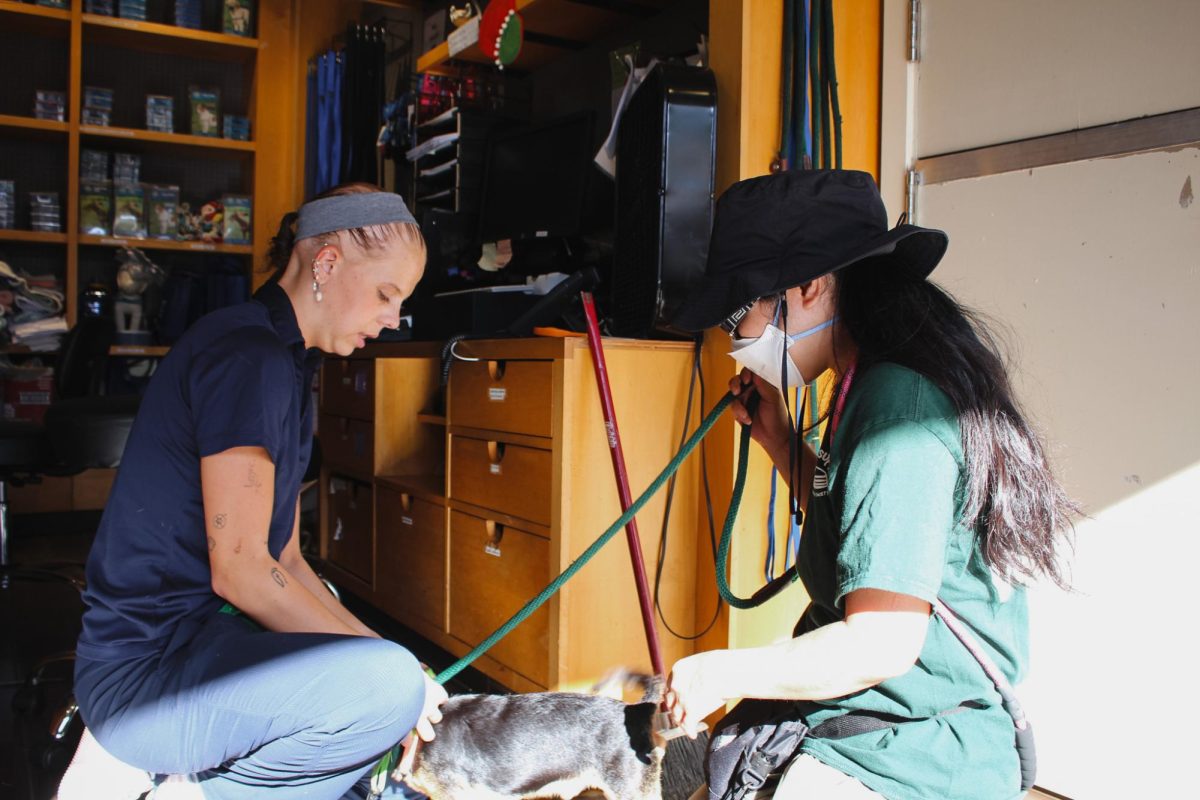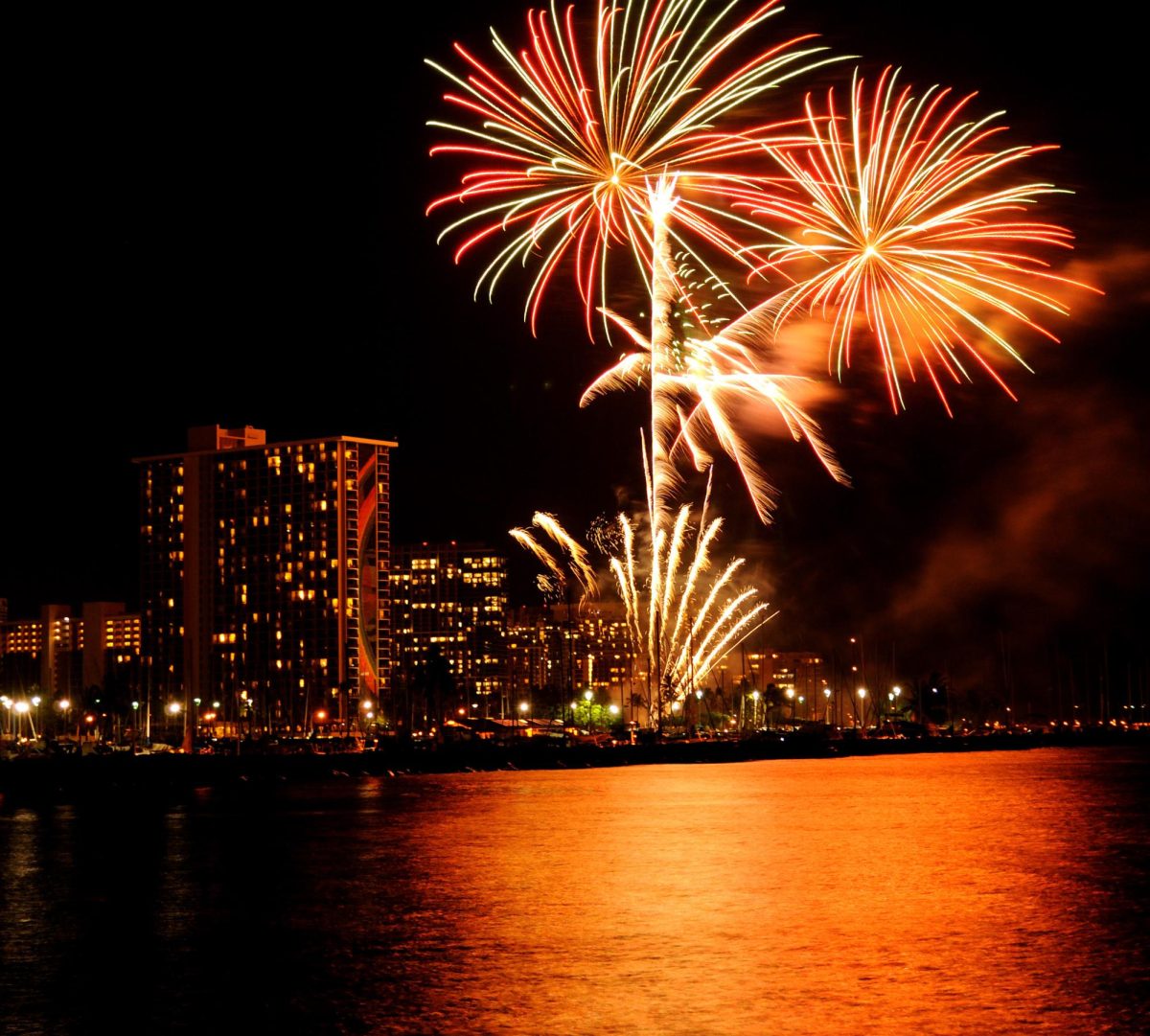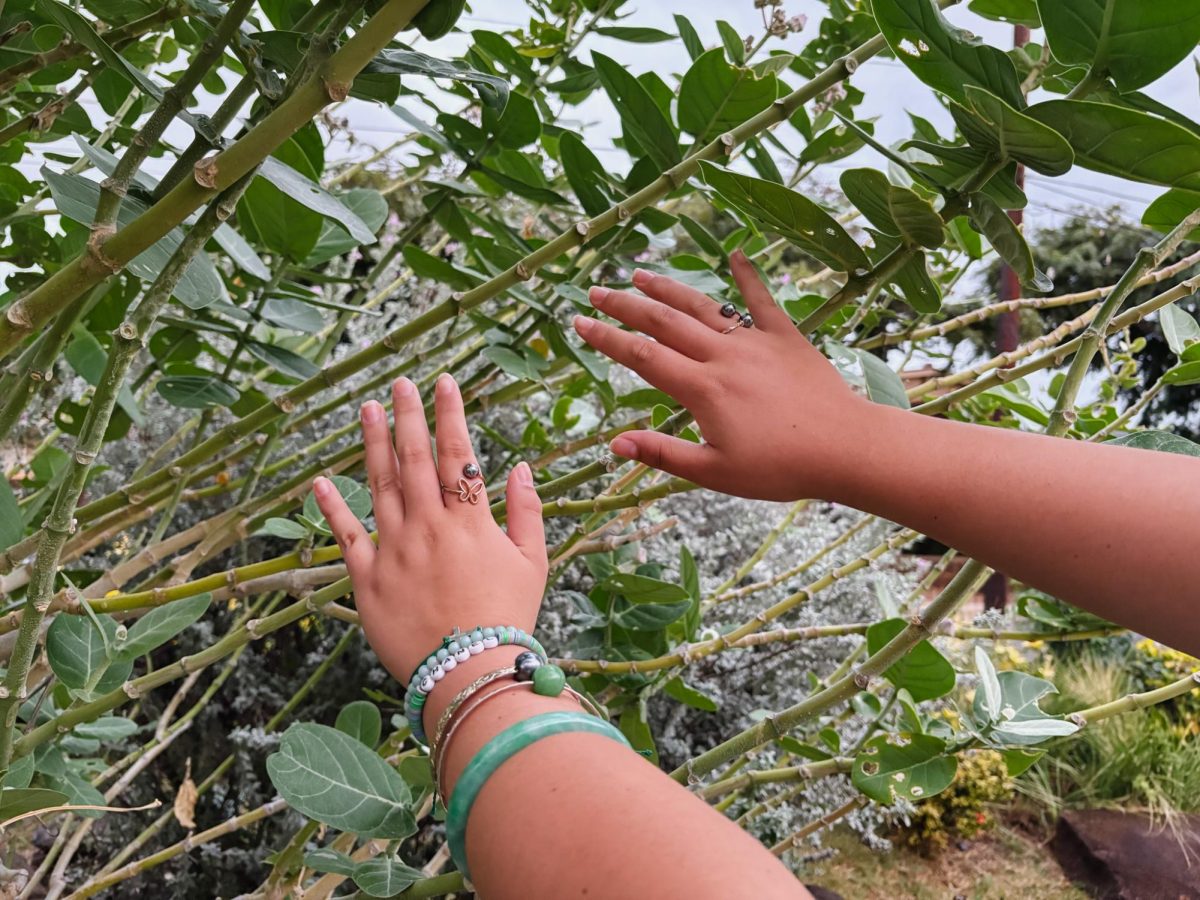As the clock struck midnight last New Year’s Eve in Aliamanu, Hawaii, the moment was not marked by celebration but rather by devastation. A powerful fireworks explosion claimed four lives and left more than 20 others injured. Six victims were flown to Arizona for treatment of severe injuries, but sadly, two did not survive. This tragedy is not an isolated event–it is part of a larger ongoing crisis involving illegal fireworks in Hawaii. While fireworks hold deep cultural significance in Hawaii’s celebrations, the Aliamanu tragedy underscores the urgent need to balance tradition with safety through stricter enforcement and alternative ways to celebrate.
Fireworks in Hawaii
Fireworks have been part of Hawaii’s history for more than 200 years, introduced through Asian traditions that view them as a way to drive away evil spirits and welcome good fortune. Yet, as time has passed, the risks associated with fireworks have become impossible to ignore. In response to growing safety concerns, Hawaii enacted a partial fireworks ban in January 2011, placing restrictions on certain pyrotechnics.
These restrictions make fountains, sparklers, aerial fireworks and other consumer fireworks illegal, while small novelty fireworks are permitted only with a license and may be used during designated times:
- New Year’s Eve: 9 p.m. to 1 a.m.
- Chinese New Year’s Day: 7 a.m. to 7 p.m.
- Fourth of July: 1 p.m. to 9 p.m.
- Firecrackers are also allowed from 9 a.m. to 9 p.m. for cultural events such as anniversaries, births and weddings.
Despite these restrictions, illegal fireworks continue to flood Hawaii, often smuggled in from out of state or sold on the black markets. Unfortunately, even as the state has stepped up its efforts, enforcement remains a significant challenge. Since its establishment in 2023, the Illegal Fireworks Task Force has seized 227,000 pounds of illegal fireworks, but confiscations dropped sharply from 93.5 tons in 2023 to 24 tons in 2024, raising concerns about enforcement effectiveness.
This reduction suggests that smugglers are adapting their tactics to evade detection, potentially by using more sophisticated methods or smaller, less detectable shipments. Most illegal fireworks enter Hawaii through ports, hidden within legitimate cargo shipments.
Hawaii’s per-capita injury rate during the New Year’s holiday — 4.1 per 100,000 residents — exceeds the national average of 2.9 per 100,000, according to U.S. Consumer Product Safety Commission data. This was tragically underscored by the Aliamanu explosion, where authorities seized more than 500 pounds of illegal fireworks and arrested 10 individuals in connection with the incident, charging them with reckless endangerment and endangering the welfare of a minor, according to a report by KHON2.
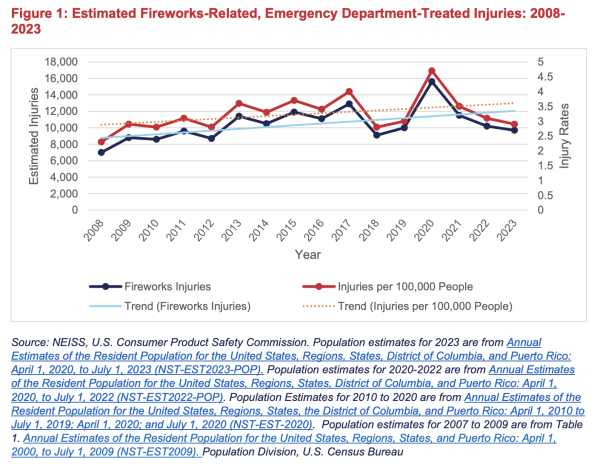
Community Voices
Beyond statistics, the personal impact of illegal fireworks is deeply felt by the community.
Whitney Grohowski, a teacher at Sacred Hearts Academy, reflected on the tragedy, saying, “The tragedy was heartbreaking to hear about. Sending prayers for strength, endurance and healing for all those recovering and deepest condolences for those who passed.”
Grohowski, who teaches Criminal Justice, used the firework incident in class to explain the difference between de jure (what the law states) and de facto (what happens in reality).
“We all know that these fireworks are illegal to purchase, distribute or use (de jure), but the fact is that people had access to them and were able to use them because they continue to be a popular part of our New Year’s celebrations (de facto),” she said.
Taylor Kaahanui, an Academy sophomore who knows some of the affected families, also shared her thoughts: “Current laws aren’t enough. While there are rules, they’re often not enforced well, and illegal sales still happen. Stronger enforcement with clearer penalties could help, but education is key too—many people don’t realize the impact their fireworks have on others.”
Impact of Fireworks
These concerns align with broader issues that highlight the severe risks of illegal fireworks. Public safety is a major issue, as illegal fireworks have already caused numerous injuries, deaths and property damage, affecting a growing number of families.
Beyond safety, fireworks also have an environmental impact. Their loud explosions cause noise pollution, which disrupt wildlife and affect the ecosystem by reducing biodiversity. Fireworks mostly contain plastic casings and non-biodegradable materials, which will cause long-term pollution to the environment; the chemical elements produced by fireworks may pollute the drinking water, which will affect us eventually.
Moreover, fireworks-related incidents put a strain on emergency services, overwhelming hospitals with burn patients and stretching fire departments thin due to the increase in fire emergencies during the holidays.
However, these issues are preventable if we increase funding for law enforcement agencies to combat smuggling and distribution while strengthening fireworks laws through higher fines and stricter penalties.
Stronger Laws?
Given these ongoing concerns, many question whether Hawaii’s existing laws are effective enough.
Current laws are not strong enough compared to other states and countries. For example, Massachusetts completely bans private citizens from using fireworks, while states like New York have enacted stricter limits on what can be legally sold and used. Some California localities impose robust fines and jail terms for violations.
Internationally, Australia imposes fines that can reach tens of thousands of dollars and substantial jail time; several European nations have moved toward prohibiting consumer fireworks altogether or mandating that only licensed professionals conduct displays.
Additionally, Hawaii’s rate of successful prosecutions for fireworks violations is low. A Civil Beat analysis shows 94% of citations were dropped, and the 15 successful cases generated only $1,000 in fines. Current laws require expert witnesses or forensic evidence to establish that pyrotechnics were used, making it difficult to prosecute offenders after fireworks have been set off.
Many believe the government should fully ban fireworks and enforce harsher penalties to deter violations. While stronger enforcement is crucial, it should not be the only solution. Authorities can also take proactive measures, such as arresting individuals before they set off illegal fireworks or intercepting shipments before they reach Hawaii. This can be achieved by increasing staff for the Illegal Fireworks Task Force and providing them with better technology and funding.
On the other hand, others feel that fireworks should not be banned, especially for immigrant communities that have celebrated with them for generations. They worry that such restrictions could threaten their cultural identity. While these concerns are valid, it is important to recognize that not every tradition should be preserved at the expense of safety. In fact, the root cause of illegal fireworks is high demand, which often drives people to bypass the law. As economist John Maynard Keynes’ theory suggests, demand creates its own supply–when there’s a strong demand for fireworks, people will find ways to obtain them, whether legally or illegally. If we want to stop the use of illegal fireworks and save lives, we must first change people’s mindsets. We can do this through initiatives that build awareness of the dangers of illegal fireworks use.
Finding Balance
While cultural traditions involving fireworks are deeply important, and enforcing a ban presents challenges, it is possible to address both concerns without compromising safety. Authorities can use advanced technology, such as scanners, to detect illegal fireworks and enlist help from explosives-sniffing dogs to prevent smuggling.
Kaahanui suggested that instead of an outright ban, safer alternatives should be considered.
“Encouraging (people to view) professional displays could help reduce risks of fireworks,” she said.
This perspective highlights the importance of finding a balance between tradition and safety, ensuring that celebrations can continue without putting lives and property at risk. Establishing regulated community fireworks displays will allow people to continue celebrating their heritage in a safe, controlled setting. Additionally, creative alternatives, such as drone light shows, offer a modern twist on traditional fireworks displays, providing a safer and more eco-friendly option to experience the spectacle and joy they bring. Public awareness of fireworks safety and their dangers to both humans and nature is also essential.
Fireworks hold undeniable cultural significance in Hawaii, but the safety risks posed by illegal fireworks cannot be ignored. Tragedies like the explosion in Aliamanu serve as stark reminders of their dangers. While we can’t erase their cultural value, we can celebrate safely through regulated community displays or modern alternatives.
Ultimately, addressing the root causes of illegal fireworks—such as high demand and smuggling—while supporting law enforcement will create a safer environment while preserving the joy and pride that fireworks bring. Now is the time for lawmakers to act decisively by implementing stricter regulations and community-driven solutions to ensure celebrations bring joy, not tragedy.

